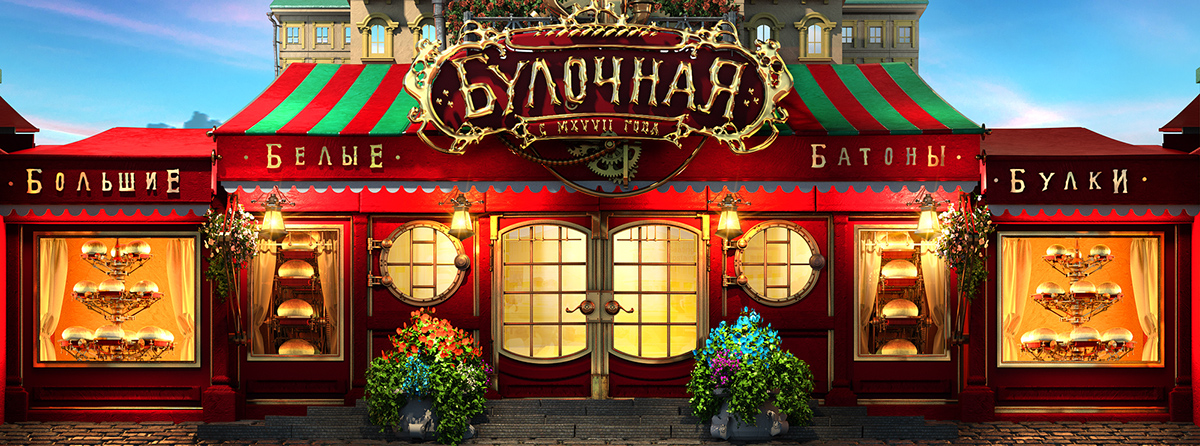
- #Different light phenomena in every everyday life install#
- #Different light phenomena in every everyday life skin#
Have you ever been in a swimming pool and seen someone in the water look cut off at the surface of the water? What you are seeing is due to refraction. When light bends through something, such as water, it is called refraction. And, that is what is happening when we look at our reflection in the mirror - light is bouncing back at us from the mirror. What do you call it when light bounces off something? It is called reflection. Light is amazing! It is a form of energy that can bend and bounce, and it comes in all different colors.
.jpg)


Make observations to produce data to serve as the basis for evidence for an explanation of a phenomenon or test a design solution.Īlignment agreement: Thanks for your feedback!Įnergy can be moved from place to place by moving objects or through sound, light, or electric currents.Īlignment agreement: Thanks for your feedback! Energy is present whenever there are moving objects, sound, light, or heat. This activity focuses on the following Three Dimensional Learning aspects of NGSS: Make observations to provide evidence that energy can be transferred from place to place by sound, light, heat, and electric currents.Ĭlick to view other curriculum aligned to this Performance Expectation
#Different light phenomena in every everyday life skin#
For example, we wear sunscreen and sunglasses to protect our skin and eyes from ultraviolet waves. Explain that there are also waves that cannot be seen by the human eye that affect our daily lives.Understand that a prism sorts a light beam into its various wavelengths, appearing as a rainbow of colored light.

Understand that light is made up of waves, and that waves at different wavelengths create different colors.Understand the phenomenon of refraction - that when light travels across the border of two transparent media (such as air, glass, Lucite, etc.), the path of light bends.By understanding polarized light, engineers have created laser applications, electron microscope imaging and medical imaging techniques, in addition to sunglasses and camera filters that reduce the glare from the sun.Īfter this activity, students should be able to: Engineers also use their knowledge of light energy, lenses and prisms as they design eye glasses, binoculars, cameras, medical equipment, satellites, optics and lasers.
#Different light phenomena in every everyday life install#
Civil and structural engineers study light properties to determine the optimum type of windows to install in a building. Įngineers apply their knowledge of the properties of light and light energy to the creation of many useful products and tools.


 0 kommentar(er)
0 kommentar(er)
